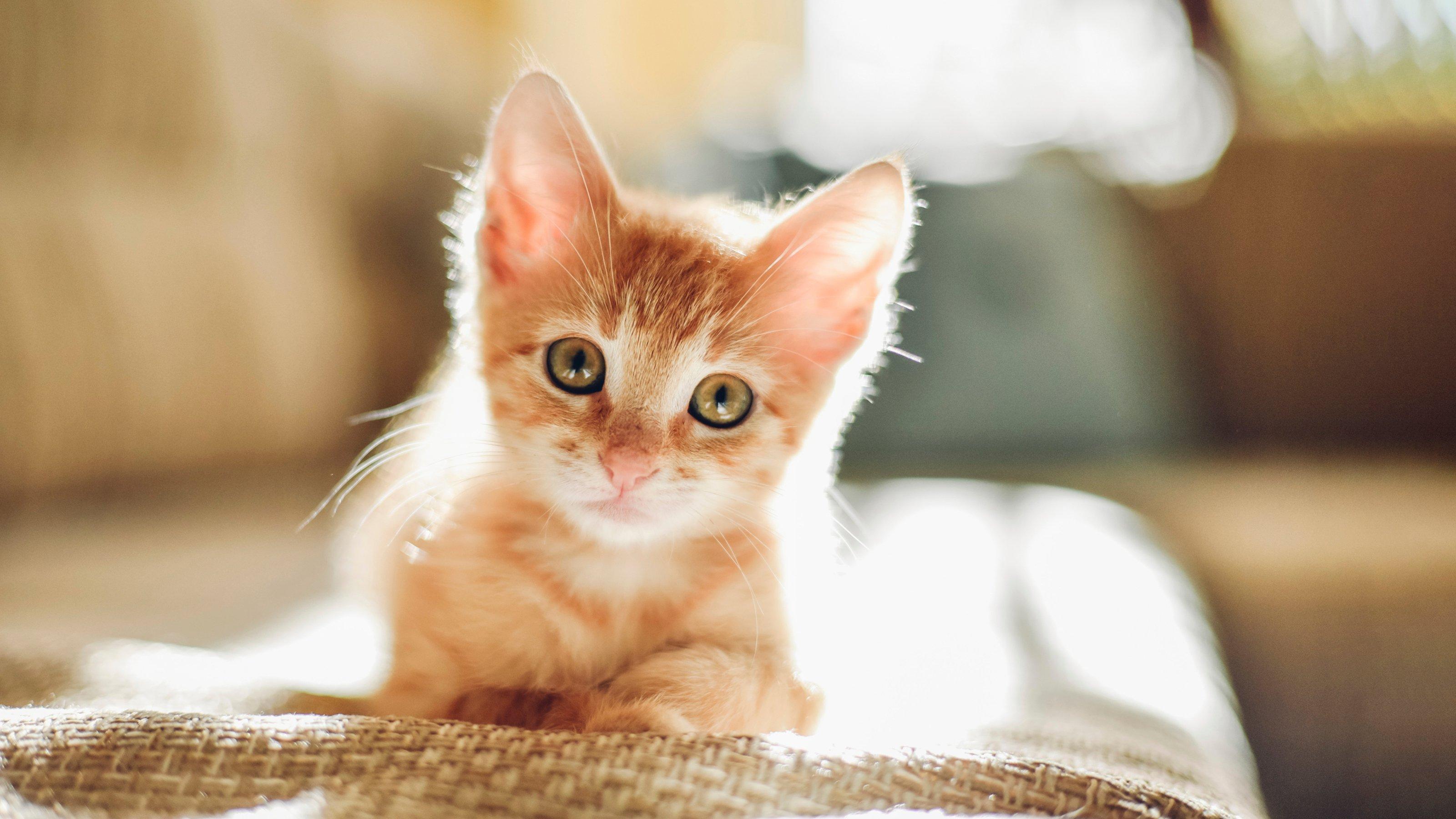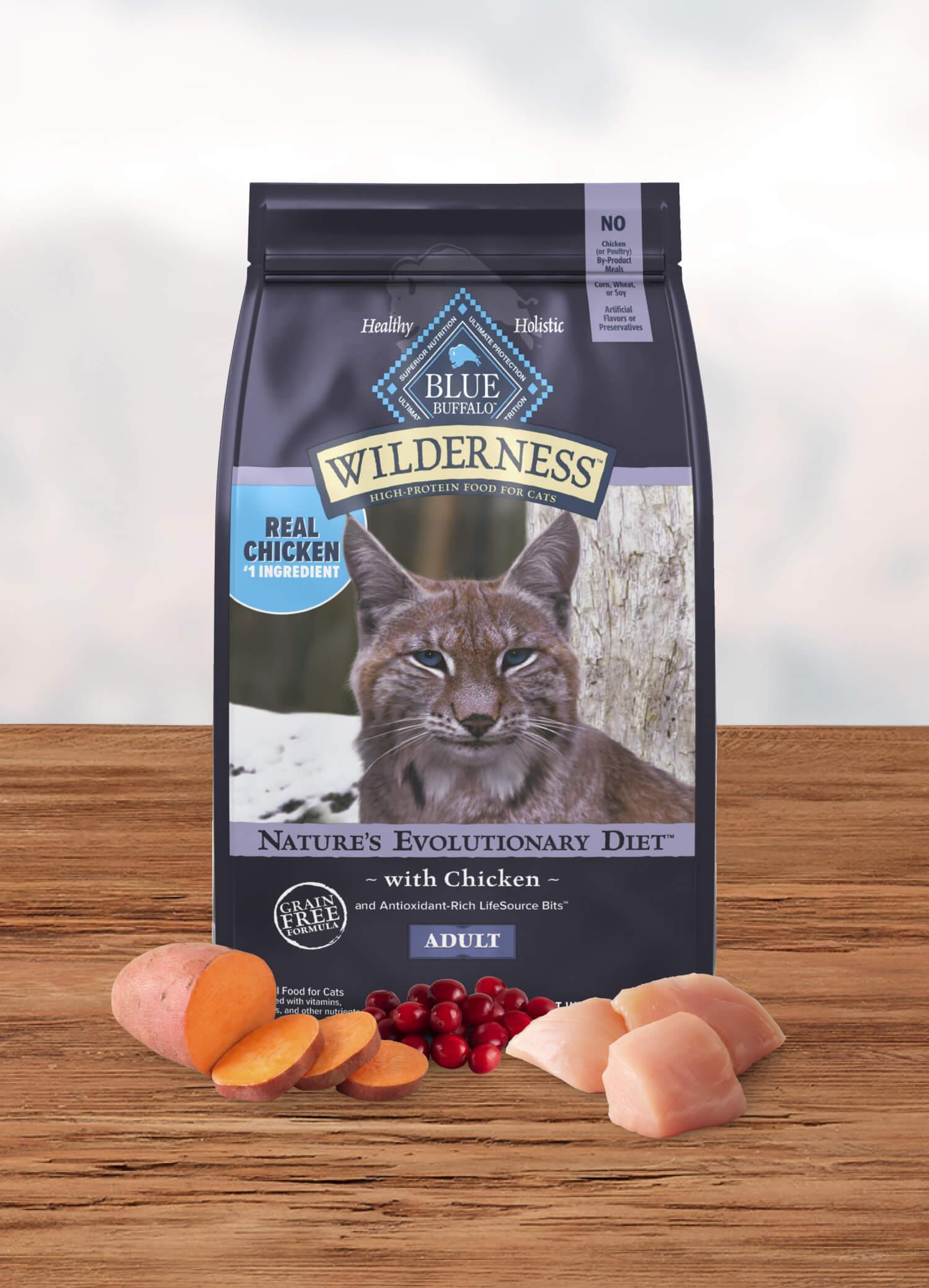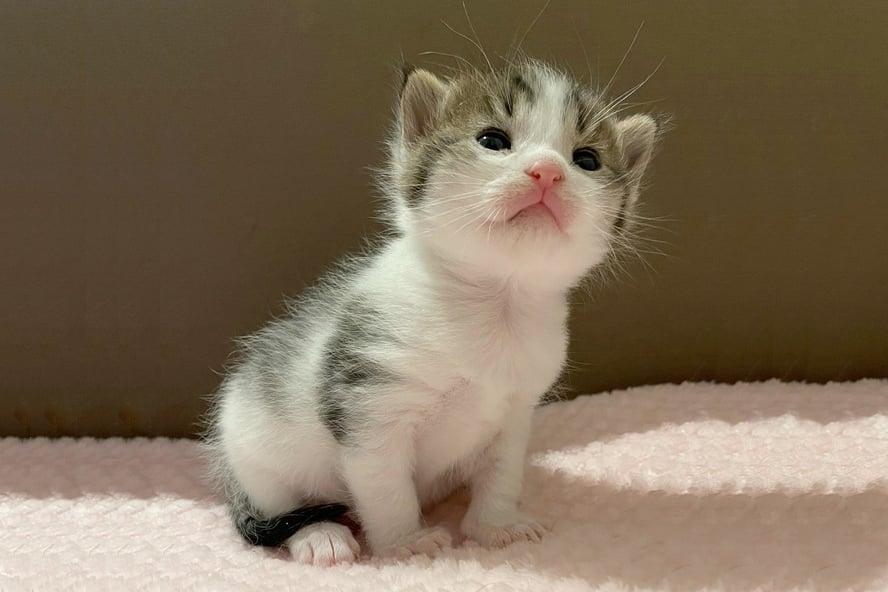When it comes to welcoming a fluffy new feline friend into your home, one of the most important aspects of responsible pet ownership is understanding their nutritional needs. Kittens grow and develop rapidly in their first few months of life, and their dietary requirements change just as quickly. If you’re a new cat parent or simply curious about the right feeding timeline for kittens, you’re in the right place!
In this article, we’ll guide you through the essential milestones in your kitten’s journey to solid food, covering everything from the initial weeks of nursing to the appropriate age for transitioning to cat food. With the right knowledge, you can ensure your little furball gets the nutrients they need for healthy growth and development. Let’s dive in and explore how to nourish your kitten at each stage of their early life!
Table of Contents
- Understanding the Nutritional Needs of Growing Kittens
- The Ideal Age to Introduce Solid Cat Food
- Signs Your Kitten is Ready for Transition
- Tips for Choosing the Right Cat Food for Your Kitten
- Q&A
- To Conclude

Understanding the Nutritional Needs of Growing Kittens
As kittens grow rapidly during their first few months of life, their nutritional needs are equally dynamic. They require a diet that is rich in calories, protein, and fat to support their developing bodies. Essential nutrients such as taurine, vitamins, and minerals play crucial roles in maintaining their health and promoting proper growth. In this stage, consider incorporating high-quality commercial kitten food, which is specifically formulated to meet the dietary demands of young felines. Remember, providing fresh, clean water is equally important to keep them hydrated and healthy.
When transitioning from mother’s milk to solid food, it’s vital to introduce kitten food gradually. This ensures a smooth adjustment to their digestive system. A suggested timeline for feeding includes:
- 4 weeks: Start offering moistened kitten food.
- 6-8 weeks: Gradually introduce dry kitten food alongside wet food.
- 12 weeks: Kittens can generally be fully weaned and eating only solid food.
Charting their growth is beneficial for monitoring nutritional intake:
| Age | Recommended Food | Feeding Frequency |
|---|---|---|
| 4-5 weeks | Moistened kitten food | 4-5 times/day |
| 6-8 weeks | Dry & wet kitten food | 3-4 times/day |
| 8-12 weeks | Exclusive kitten food | 3 times/day |
By understanding these needs and adhering to a proper feeding timeline, you can ensure your growing kitten develops into a healthy and strong adult cat.

The Ideal Age to Introduce Solid Cat Food
When it comes to introducing solid cat food to your kitten’s diet, timing is key. Most kittens are ready to start transitioning to solid food between 4 to 6 weeks old. At this age, their teeth are beginning to develop, allowing them to chew more effectively. You can start by offering a high-quality kitten food that is specially formulated for their growth needs. Additionally, it’s important to provide a mix of wet and dry food during this period, as it helps with hydration and supports healthy digestion.
As your kitten grows, gradually increasing the amount of solid food while decreasing the reliance on their mother’s milk or kitten formula is beneficial. By the time they reach about 8 weeks old, they should be fully transitioned to solid food. Here’s a quick overview of what to consider during this transition:
- Choose the right food: Look for kitten-specific formulas rich in proteins and essential nutrients.
- Monitor their response: Watch for any signs of food intolerance or allergies.
- Consistency is key: Keep a regular feeding schedule to instill routine.
| Age (Weeks) | Feeding Guidelines |
|---|---|
| 4-5 | Introduce wet kitten food mixed with a little water or formula. |
| 6 | Start incorporating dry food into their diet. |
| 8 | Fully transition to solid food, offering both wet and dry options. |
Signs Your Kitten is Ready for Transition
Recognizing when your kitten is ready to transition to solid cat food is essential for their growth and health. Typically, kittens are prepared for this change around 4 weeks of age, but certain signs will help you determine their readiness. Look out for these indicators:
- Curiosity About Food: If your kitten shows interest in your food or the food bowl, it’s a good sign they are ready to explore solids.
- Teething: Around this age, kittens start losing their baby teeth, which makes them eager to chew on different textures.
- Development of Coordination: As they grow, they become better at walking and using their paws, making it easier to eat from a bowl.
- Reduced Weight Gain: Kittens may slow down their weight gain when they are ready for a diet change, indicating they need more nutrients.
Once you notice these signs, you can start the transition by introducing wet food or specially formulated kitten dry food. Begin by mixing a small amount of solid food with their current formula, gradually increasing the ratio of food over several days. This process allows your kitten’s digestive system to adjust smoothly. Here’s a simple transition timeline to guide you:
| Week | Action |
|---|---|
| Week 4 | Introduce wet food mixed with formula. |
| Week 5 | Gradually increase the solid food ratio. |
| Week 6 | Offer dry kitten food alongside wet food. |
| Week 8 | Full transition to solid food can be made. |
Tips for Choosing the Right Cat Food for Your Kitten
Choosing the right cat food for your kitten is crucial for their growth and development. As a young feline, your kitten has specific dietary needs that differ significantly from adult cats. When selecting food, look for options that are labeled as “kitten” or “growth”, as these are formulated to provide the higher levels of protein and fat required during this early stage of life. Always check the ingredient list—real meat should be one of the first ingredients, ensuring your kitten is receiving essential nutrients. Additionally, consider the size and texture of the food; kittens generally prefer smaller kibble or wet food that’s easy for their small mouths to manage.
Another important factor to consider is the brand’s reputation and nutritional analysis. Some brands may prioritize quality over quantity, and their products often reflect this in the ingredient quality. It’s wise to consult your veterinarian for recommendations based on your kitten’s individual health needs. Moreover, you might want to gradually introduce new food to your kitten to prevent digestive issues. Here are some tips to help you make the right choice:
- Look for AAFCO-certified formulas to ensure nutritional adequacy.
- Consider your kitten’s breed, as some may have specific dietary needs.
- Choose between dry, wet, or a combination based on your kitten’s preference.
- Be mindful of any food allergies or sensitivities, especially if you notice any adverse reactions.
Q&A
Q&A:
Q1: At what age can kittens start eating solid cat food?
A1: Kittens can begin transitioning to solid cat food around 4 weeks of age. At this stage, they are usually weaned from their mother’s milk and ready to explore new foods. It’s best to start with a high-quality kitten food that is specifically formulated to meet their nutritional needs.
Q2: How should I introduce solid food to my kitten?
A2: Begin by mixing wet kitten food with a little bit of water to create a soupy consistency. Gradually decrease the amount of water as your kitten gets used to the texture. Offer small amounts of the mixture several times a day, allowing your kitten to familiarize itself with the taste and texture.
Q3: When can kittens eat dry food?
A3: Kittens can start eating dry food around 8 weeks of age. By this time, they should be comfortable with solid food and can handle the crunchiness of dry kibble. Make sure to choose a formula designed for kittens to ensure they get the proper nutrients for growth and development.
Q4: How often should I feed my kitten?
A4: Kittens require more frequent meals due to their high energy needs. At 4-6 weeks, aim for 4 meals a day. From 6 weeks to about 6 months, you can reduce this to 3 meals a day. After 6 months, you can transition to 2 meals a day.
Q5: What type of food is best for my kitten?
A5: Look for high-quality kitten food, whether it’s wet, dry, or a combination of both. Ensure that it meets the AAFCO (Association of American Feed Control Officials) standards for growth and development. Always check for the right balance of protein, fat, and essential nutrients tailored for kittens.
Q6: Can I feed my kitten adult cat food?
A6: It’s not recommended to feed kitten food to adult cats or vice versa. Kitten food is formulated with higher protein and fat content to support rapid growth, while adult cat food may not provide the necessary nutrients for a growing kitten. Stick to kitten-formulated food until your cat reaches about 1 year old.
Q7: What signs should I look for to know if my kitten is ready to transition to adult cat food?
A7: Generally, kittens can transition to adult food once they reach about 12 months of age. Look for signs like a stable weight, completed growth, and readiness for less frequent meals. Consult your veterinarian for personalized advice based on your kitten’s health and development.
Q8: Is it okay to give my kitten treats?
A8: Yes, you can give your kitten treats, but moderation is key. Choose treats specifically designed for kittens, and offer them sparingly to avoid upsetting their balanced diet. Keep in mind that treats should not exceed 10% of their daily caloric intake.
Q9: What if my kitten refuses to eat the food I provide?
A9: If your kitten refuses to eat, don’t panic. Try offering different brands or flavors of kitten food, or slightly warming the food to enhance its aroma. If your kitten continues to refuse food for more than 24 hours or shows signs of lethargy or illness, consult your veterinarian for guidance.
Q10: How can I ensure my kitten is getting the right nutrition?
A10: To ensure your kitten is getting the right nutrition, provide a balanced diet of high-quality kitten food, monitor their growth, and adjust feeding amounts as necessary. Regular check-ups with your vet can also help assess your kitten’s nutritional needs and overall health.
With this friendly Q&A, we hope to guide you through the exciting world of feeding your kitten and ensure they grow healthy and happy!
To Conclude
understanding the appropriate age for kittens to start eating cat food is crucial for their health and development. By following the outlined feeding timeline, you can ensure your furry friend receives the right nutrition at every stage of their growth. From their early days of nursing to the gradual introduction of solid food, each step plays a vital role in setting a strong foundation for a happy and healthy adult cat. Remember, every kitten is unique, so always pay attention to their individual needs and consult with your veterinarian if you have any concerns. With a little patience and care, you’ll be well on your way to nurturing a thriving feline companion. Happy feeding!


